The Aircraft With the Most Fatal Accidents

A new report, produced by the lead counsel for the victims of Ethiopian Airlines Flight 302, analyzes 37 years of airplane crash data to find some surprising and not-so-surprising results. Although small single-engine aircraft are, by far, involved in the highest number of accidents, larger passenger planes are responsible for an outsized number of fatalities.
In September, Robert A. Clifford, the founder of the storied Chicago-based law firm Clifford Law Offices, was named Lead Counsel in the U.S. federal district court case involving the crash of the Ethiopian Airlines Flight 302 Boeing 737 Max aircraft in March. This week, the law firm, famed for representing victims of airline disasters, including the September 11th terrorist attacks, has published a study of every aviation accident and incident reported to the National Transportation Safety Board (NTSB) from 1982-2018.
The just-released Aviation Accidents and Incidents: Analysis of 37 Years of Airplane Crash Data report finds that although small single-engine planes account for the bulk of aviation-related accidents, larger commercial jets have an oversized share of accident-related fatalities. There are a few obvious reasons for this discrepancy, not the least of which is the fact that commercial jetliners carry a lot more passengers than smaller general aviation aircraft.
The Second-Safest Way to Travel
“How safe are airplanes?” the report’s authors posed. “It depends on the type of aircraft that you are flying in. When looking at overall fatal crash rate, the numbers show that flight is one of the safest forms of travel. The National Safety Council puts the odds of dying as a passenger of an airplane as 1 in 188,106 making air travel the second-safest way to get around behind railway travel (1 in 243,765).”
The study reveals that the most crash-prone aircraft models aren’t necessarily the most deadly aircraft in the sky. A single air disaster involving a modern jumbo jet can account for as many deaths as a year’s worth of crashes involving two-seat Cessna planes. The report also specifically excludes disasters involving terrorism or acts of war.
Cessna
Cessna planes account for nine of the top ten most crashed aircraft models in the history of civil aviation. A reported 25,865 crashes during the time period studied far outpaces the 2,300 accidents involving Boeing-made planes or the 340 accidents involving Boeing’s much younger rival Airbus.
“More than half (54 percent) of all aviation accidents in the NTSB’s database involve either a Cessna (25,865 crashes), Piper (14,105 crashes) or Beech (5,098) aircraft,” the study notes. “These three manufacturers have historically been the largest producers of aircraft for general aviation purposes – though both Beech and Cessna have since become subsidiaries of Textron Aviation.”
Boeing
Although Boeing planes account for a small percentage of the total accidents reported, the U.S. aviation giant’s planes were responsible for the second-highest number of fatalities at 8,203 total deaths. Boeing followed only Cessna which accounted for 9,216 according to NTSB statistics.
According to the data, crashes involving Boeing 737-200 aircraft have killed more passengers than any other single model of aircraft with a total of 906 deaths. Meanwhile, the 737-200’s sister series 737 planes accounted for an additional 780 fatalities. The fact that the 737 family of aircraft is among the most popular passenger planes in history, no doubt contributed to the aircraft’s unfortunate high rank in terms of the death toll.
The Boeing 747-168 was associated with the 9th highest, 349 deaths and the Boeing 747-121 was linked to a 16th-high, 270 deaths. Two of the 747 jumbo jets, including a Pan Am 747-121, were involved in what remains to this day the worst airplane disaster in history at Tenerife Airport (TNF) on March 27, 1977.
“While it stands to reason that the manufacturers involved in the most crashes would also be involved in the most fatalities, this isn’t quite the case,” the study’s authors explain. “Cessna crashes led to the more fatalities than any other make with 9,216 deaths, but Boeing leaps up to second with 8,203 deaths. Airbus – Boeing’s only real competitor – also jumped into the top five with 2,397 deaths. The two large jet manufacturers place in the top five should not be surprising, as they have essential had a duopoly over large jet market since the early 1990s, thanks to a series of mergers and acquisitions.”
Airbus
The European aircraft manufacturer can, in part, thank its relatively recent arrival on the scene for the relatively low number of accidents involving Airbus-made planes. The popular mid-sized Airbus A321 aircraft, however, has accounted for a 7th highest ranked, 381 deaths. Accidents involving the Airbus A330 are responsible for 331 fatalities and the Airbus A300B4-605R cracks the top twenty list of “Aircraft that Killed the Most People” with 266 deaths.
The Mad Dogs
It wasn’t too long ago that McDonnell Douglas-made planes were staples of commercial aviation. Following a takeover by Boeing, the MD aircraft have mostly fallen out of favor as passenger planes. Crashes involving Boeing-made MD-82 have killed a fifth-highest, 403 passengers. Historically, accidents involving Douglas DC-8-63 aircraft have killed 263 people, while the McDonnell Douglas-made DC-9-32 is responsible for 262 deaths.
The 737 MAX
Because the study only considered up to the most recent available NTSB data through 2018, this year’s more recent tragedy involving 737 MAX 8 aircraft was not included in the report. Had the crash of Ethiopian Airlines Flight 302 been considered, the 346 total deaths attributed to the plane would have entered the list ranked as the eleventh deadliest aircraft model in modern history.

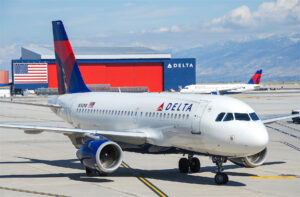
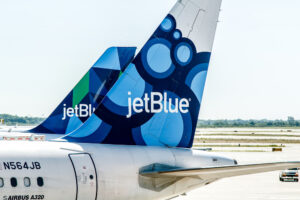
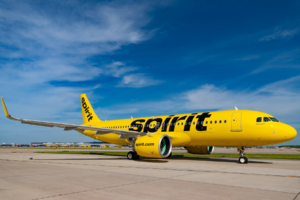















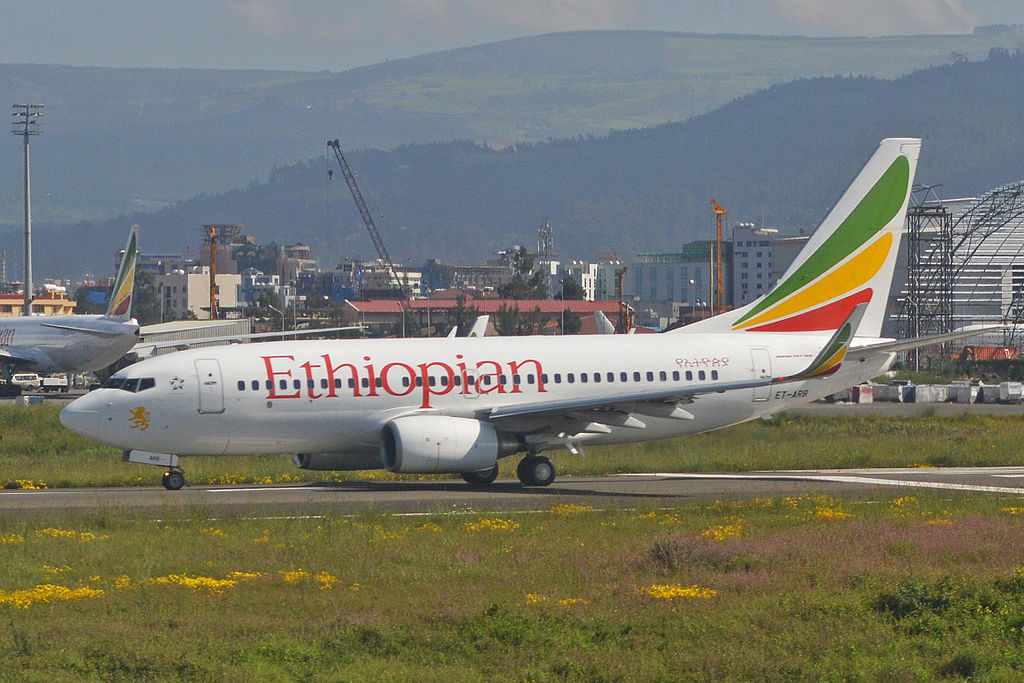
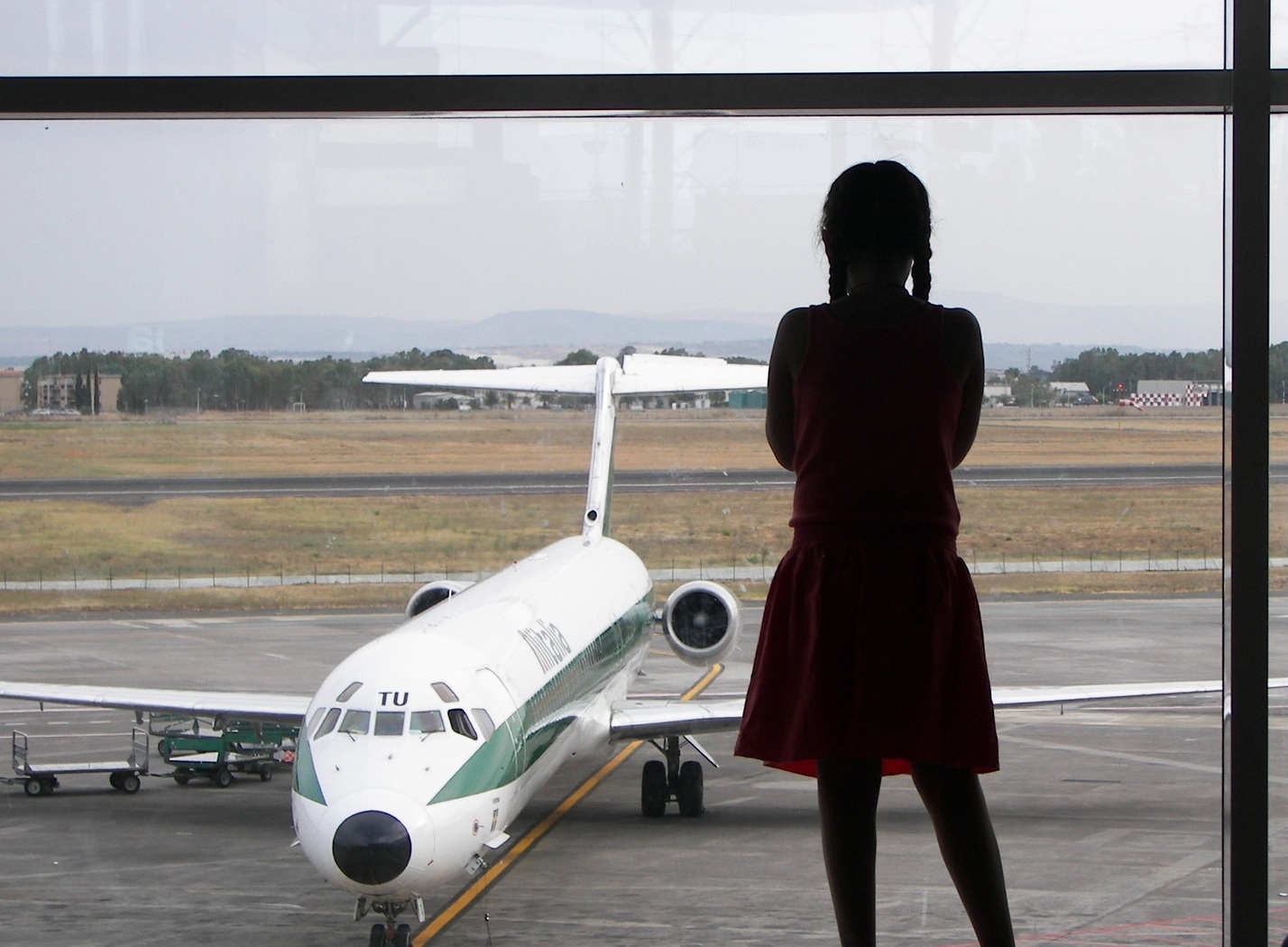
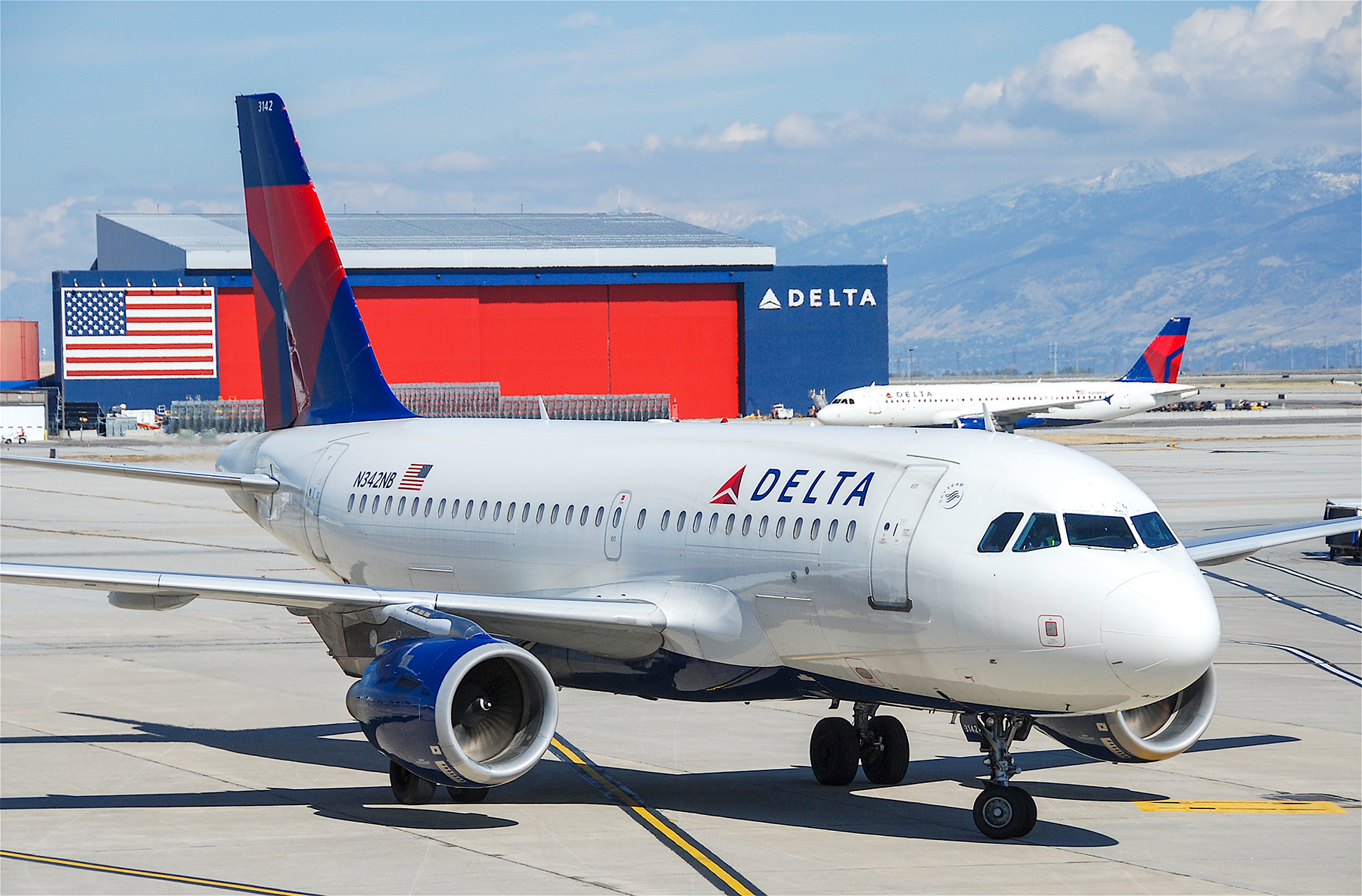


There's a big difference between something like Tenerife and MCAS. You could take the safest aircraft in the world, put it on the middle of a runway, and if another plane plows right through it there's not much you can do. Cargo doors blowing open and aircraft computers forcing aircraft to plow into the ground are a completely different, and arguably preventable.
It would be interesting to also see that data parsed between accidents and deaths due to human error, mechanical failure, or contribution of both. For example, that disaster at Tenerife was due to human error and nothing with the planes.
Interesting, but most useless. This is the sort of statistic that needs to be presented as a percentage, not as raw numbers. Probably deaths per number of flights would be the most relevant. Also, since it's based on NTSB reports, it necessarily omits Russian aircraft, which over the decades have been notorious for their less-than-stellar safety records.
deaths / aircraft would yield a better understanding
What a dumb article. The MD90 series and/or the DC9 have killed more than the MAX. Even the 747 has killed more people than the max. Hell, Tenerife crash that involved TWO 747s killed MORE than the MAX. Ridiculous..